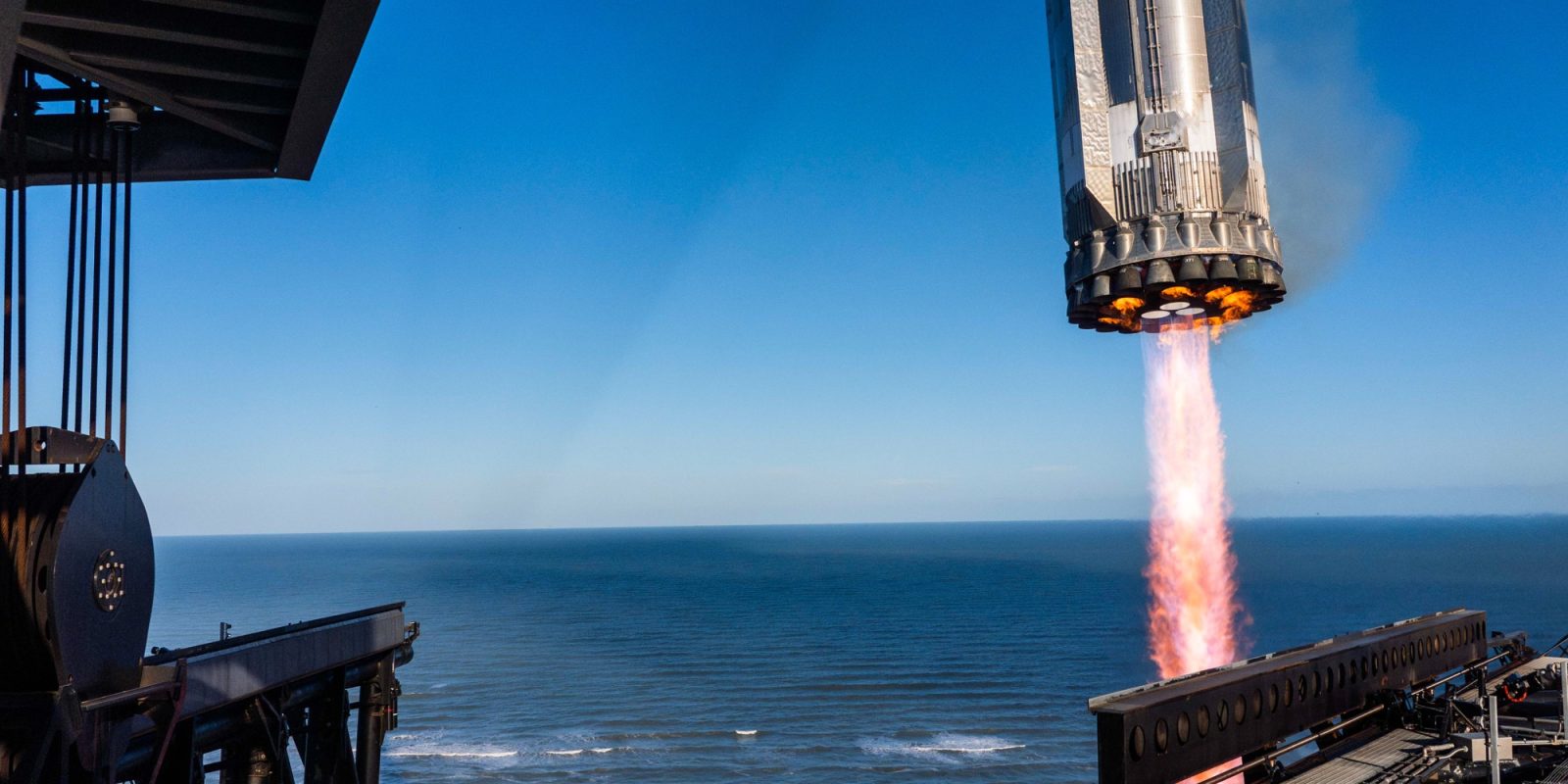
For the first time in the Starship program, SpaceX ran into what looks more like a setback than a step forward. So what went wrong?
Fire believed to have caused Starship failure
In an update on SpaceX’s website, the company shared details about how well the launch went and what might have caused the loss of Ship 33.
To recap, SpaceX launched its seventh Starship rocket from Starbase, Texas Thursday afternoon. The launch saw a new Block 2 version of the Starship upper stage, which came with changes to the propellant system, avionics, and heat shield. Starship Flight 7 was supposed to be a test to see how these changes perform, especially during reentry. The goal is to be ready for an orbital flight on the next launch.
However, prior to completing its burn, SpaceX lost communications with the ship. After checking to make sure it wasn’t an instrument issue, SpaceX confirmed they had lost the vehicle.
SpaceX said in its update that a first look at the data “indicates a fire developed in the aft section of the ship, leading to a rapid unscheduled disassembly.” This differs from Flight 2’s similar issue, where it lost the ship just prior to burn completion because of an oxygen leak.
It’s important to continue to note that Starship is still in a flight testing campaign, and unlike Blue Origin’s New Glenn or ULA’s Vulcan, a failure like this is always possible. Although I think both SpaceX and most others assumed we were past issues this early in flights.
SpaceX has more data to review to determine the root cause of the fire and make preventative measures for future Starships. This will likely mean a repeat of the Flight 7 mission on Flight 8, which will cause a delay to an eventual orbital flight and more missions to get it ready to be NASA‘s lander for the Artemis Program.
Booster performed even better than expected
While the ship didn’t get to see its mission through, the booster did, completing a boost-back burn and slowing down to a catch by the launch tower arms. This was the second time SpaceX showed off its Starship catching system, which worked just as the renders did.
What was unexpected was how resilient the booster was. SpaceX is not just building a rocket that can launch a lot; SpaceX is building a rocket that should be able to withstand anything to get the job done.
This was shown off on Flight 7 between boost-back and catching burn. During hot staging, the booster shuts down to all but the center three of its engines while the ship starts up all six of its. Then the booster flips around and reignites the center ring of ten Raptor engines. However, one failed to restart.
Historically, this would mean the engine was done, unable to be used on future missions or for the rest of the flight. However, these Raptors and the system built around it by SpaceX are so good at what they do that this is no longer the case, because when the same 13 engines relit for the catch, it had 13 good engines firing.
Starship is designed to be operated with less than the full 33 engines during any stage of the flight, a perk of having so many of them. However, the idea that an engine can run into an issue that prevents a restart, have a system in place to ensure it’s shut down and saved, and then have it be reattempted and succeed is groundbreaking.
So while Flight 7 wasn’t what SpaceX had hoped, the flight still provided good data on how the rocket performs during launch. And at the end of the day, that’s all that really matters.
FTC: We use income earning auto affiliate links. More.




Comments